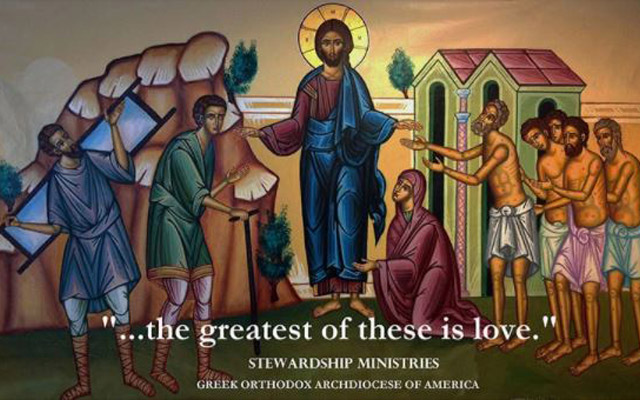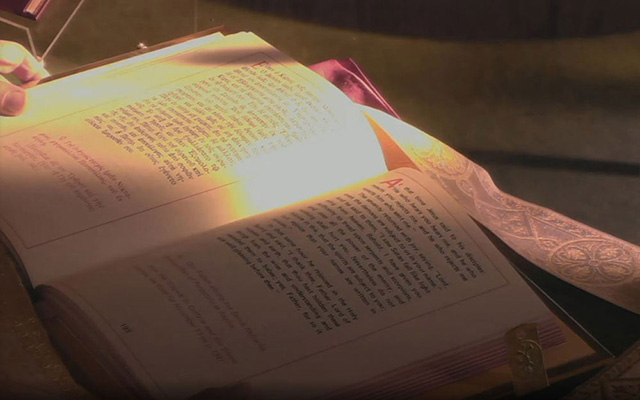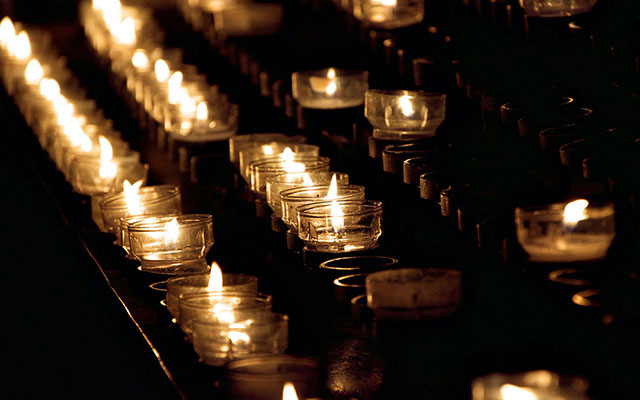Mary the Contemplative (Part IV)
UNION BETWEEN CONSCIOUSNESS AND THE UNCONSCIOUS Carl G. Jung in his book: Answer to Job discusses the importance of Mary as the archetypal symbol of the feminine in all human beings. “But if the individuation process is made conscious, consciousness must confront the unconscious and a balance between the opposites must be found. As this is not possible through logic, one is dependent on symbols which make the irrational union of opposites possible. They are






